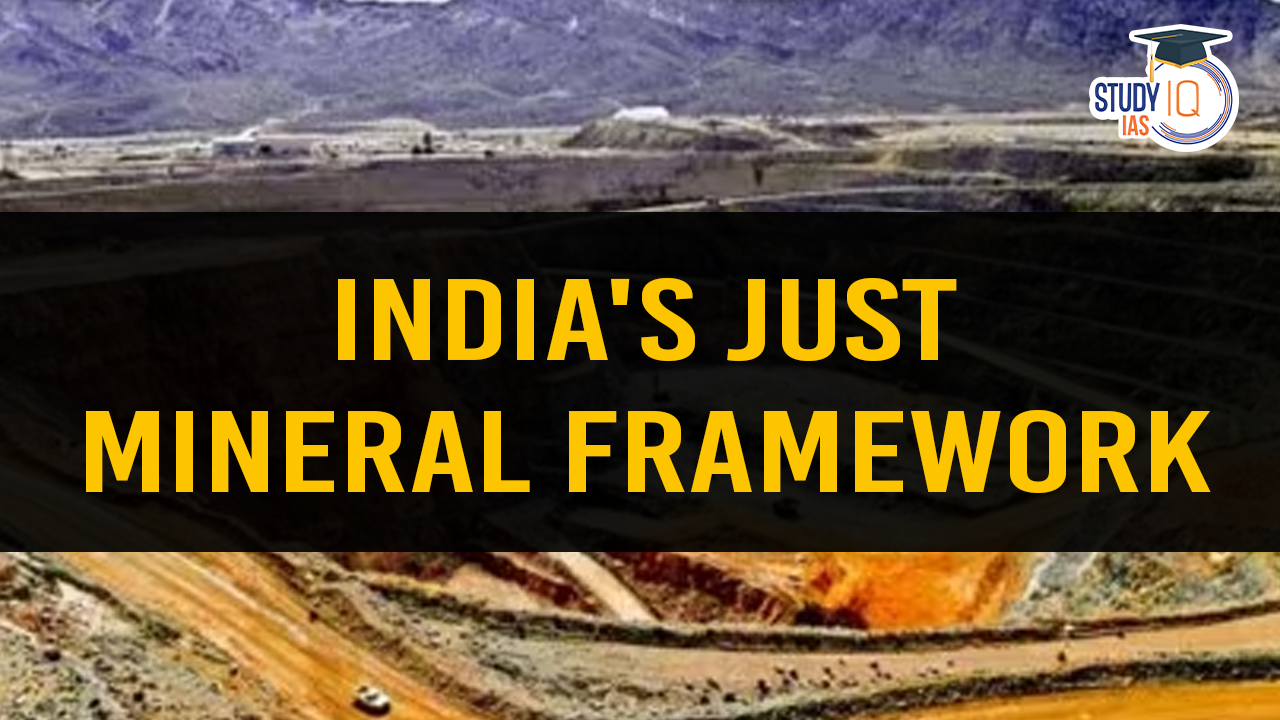Table of Contents
Context: India has made significant strides in its transition to clean energy over the past decade, as reflected in budgetary allocations and policy initiatives. However, challenges such as underutilization of funds, dependence on fossil fuels, and supply chain disruptions continue to pose obstacles.
Obstacles to India’s Clean Energy Transition
Underutilization of Budgetary Allocations: Budget allocations to the Ministry of New and Renewable Energy (MNRE) have often remained underutilized, except in 2015 and 2023, leading to lower revised estimates (REs).
- This reflects implementation bottlenecks and slow fund disbursement.
| Fact |
Budgetary Allocations
|
Limited Success of PM-KUSUM Scheme
Launched in 2019 with an outlay of ₹34,422 crore, the scheme aimed at promoting solar irrigation pumps and grid-connected solar plants.
- However, it received a tepid response, with less than half a gigawatt of installed capacity.
- Factors behind its slow adoption include a lack of farmer awareness, financial constraints, and regulatory hurdles.
High Dependence on Coal for Power Generation
Despite 46% of total installed capacity coming from renewables (as of October 2024), 70% of actual power generation still comes from coal.
- The intermittent nature of renewables makes it difficult to fully transition away from fossil fuels.
Slow Expansion of Battery Storage Technology
Grid-scale battery storage is essential to manage intermittent renewable energy output.
- However, India has been slow in developing advanced chemistry cell (ACC) battery manufacturing and storage infrastructure.
- High costs and technological dependency on imports (especially from China) remain key challenges.
Impact of High Import Duties on Solar Equipment
To promote domestic manufacturing, the government imposed 40% Basic Customs Duty (BCD) on solar modules and 25% on solar cells.
- However, this led to a rise in solar power installation costs, slowing solar capacity additions.
- The move aimed at reducing import dependence on China backfired, affecting project economics and renewable energy expansion.
Critical Minerals and Supply Chain Vulnerabilities
India lacks a robust supply chain for critical minerals (such as lithium, cobalt, and nickel), essential for battery storage and clean energy technologies.
- Heavy reliance on China for solar components and lithium-ion batteries poses strategic risks.
- Without a domestic critical minerals framework, India struggles to secure a stable supply of essential resources.
Policy & Regulatory Uncertainties
Frequent policy shifts and lack of long-term regulatory clarity affect investor confidence.
- The PLI scheme for solar modules and Advanced Chemistry Cell (ACC) batteries is a positive step but needs better implementation and industry participation.
- State-level policies for renewable energy often vary, creating inconsistencies in execution.
Capital-Intensive Nature of Clean Energy Projects
- Renewable energy projects, especially battery storage and solar module manufacturing, require high capital investment.
- Financing constraints, high borrowing costs, and lack of incentives slow down private sector participation.
Way Forward
To accelerate its clean energy transition, India must:
- Improve fund utilization and policy stability.
- Address grid-scale battery storage
- Balance import duties with renewable energy affordability.
- Develop a comprehensive critical minerals framework to reduce dependence on China.
- Encourage private sector investment through financing incentives and policy support.


 Important Lakes of India, State wise and...
Important Lakes of India, State wise and...
 Places in News for UPSC 2025 for Prelims...
Places in News for UPSC 2025 for Prelims...
 Why Naini Lake is Shrinking?
Why Naini Lake is Shrinking?





















